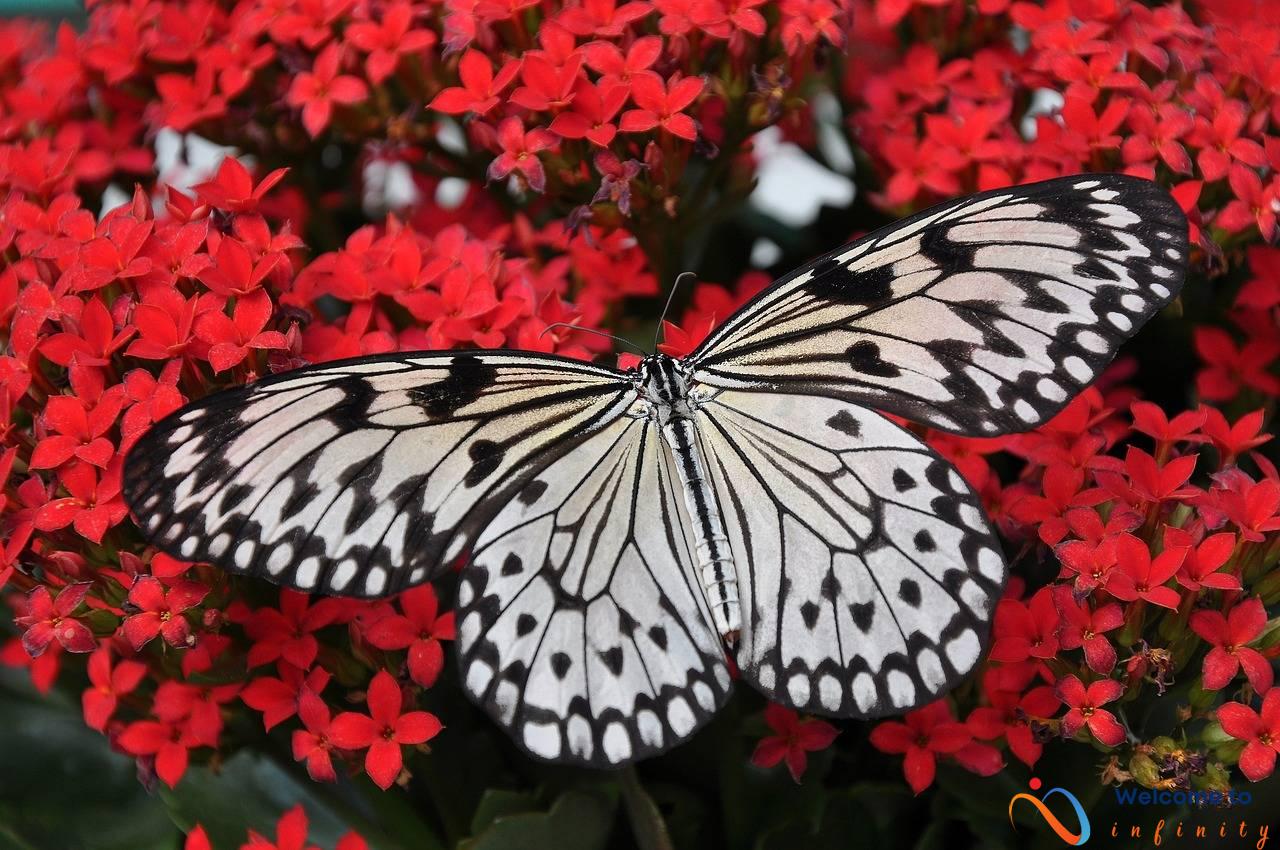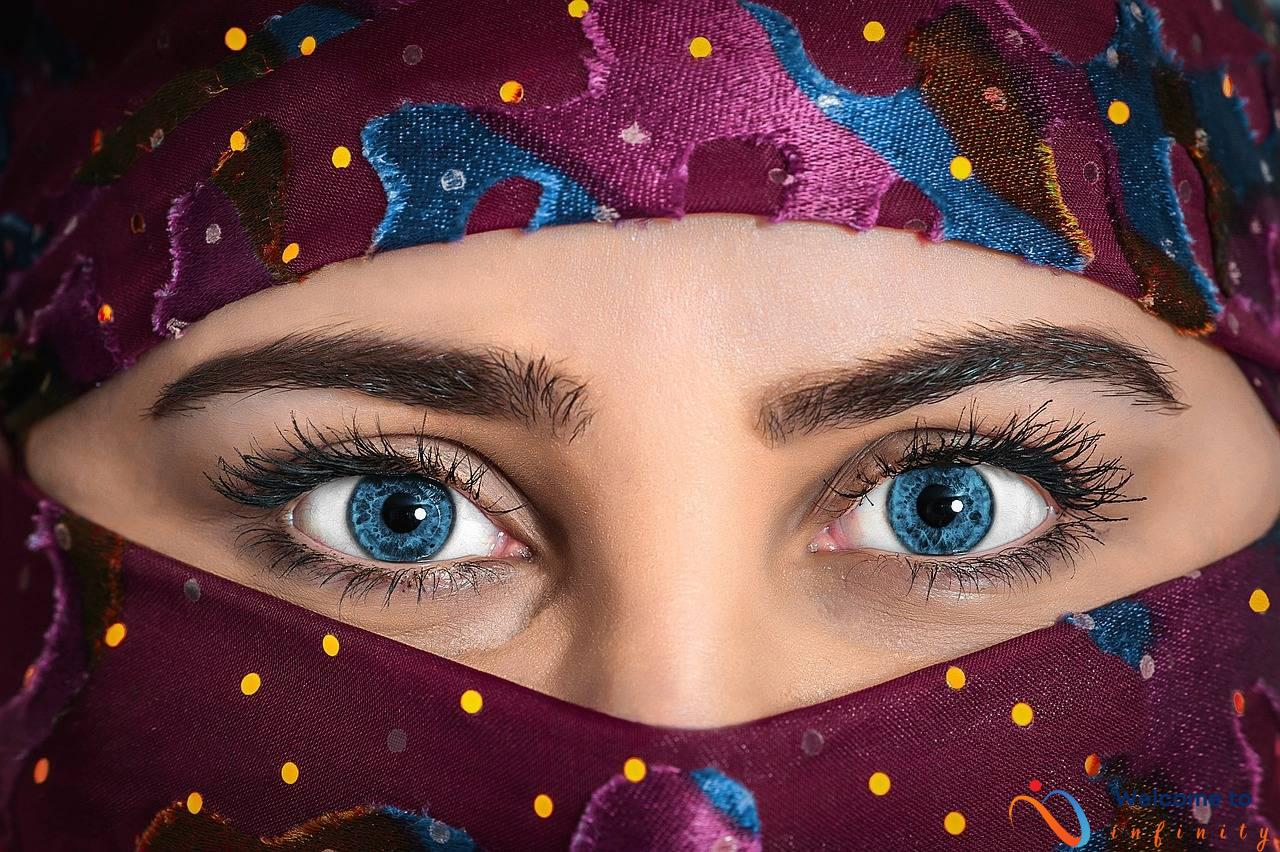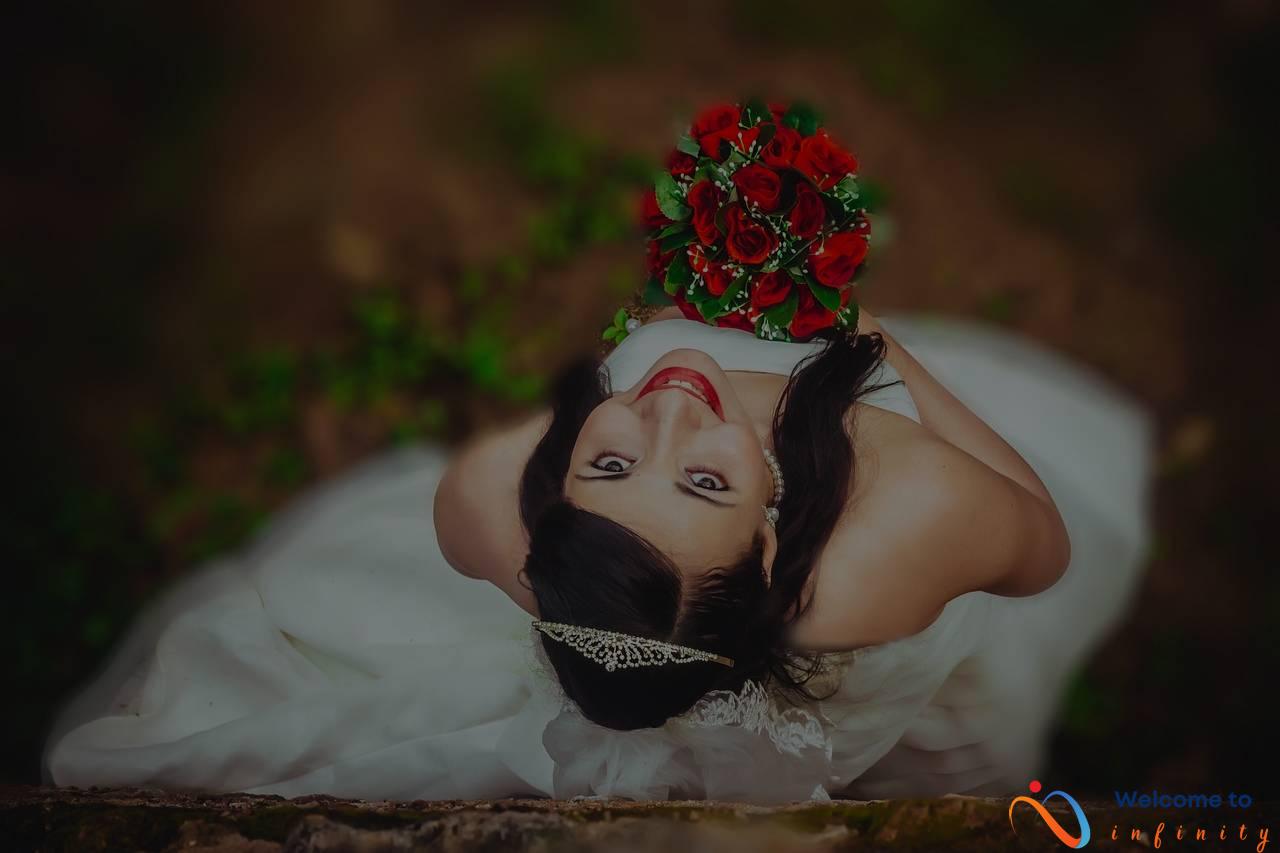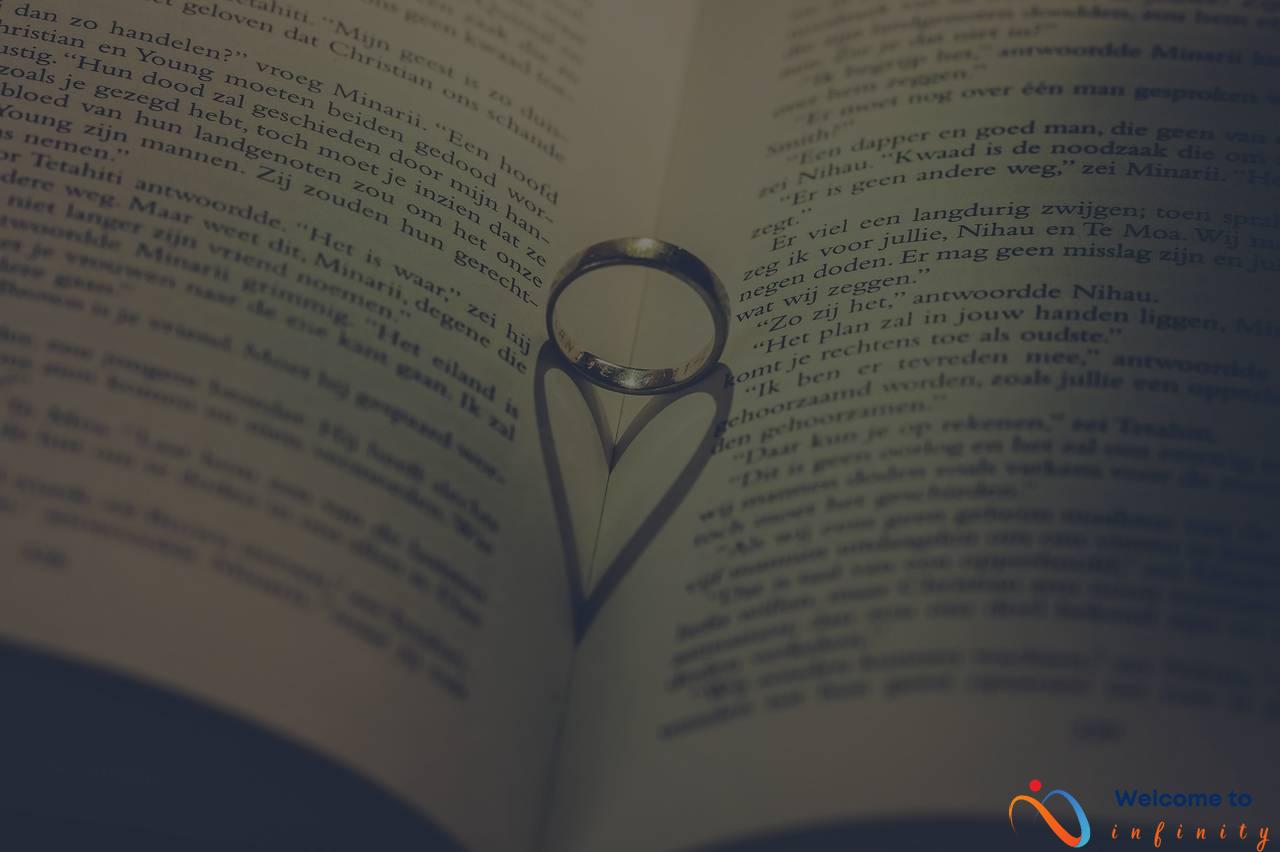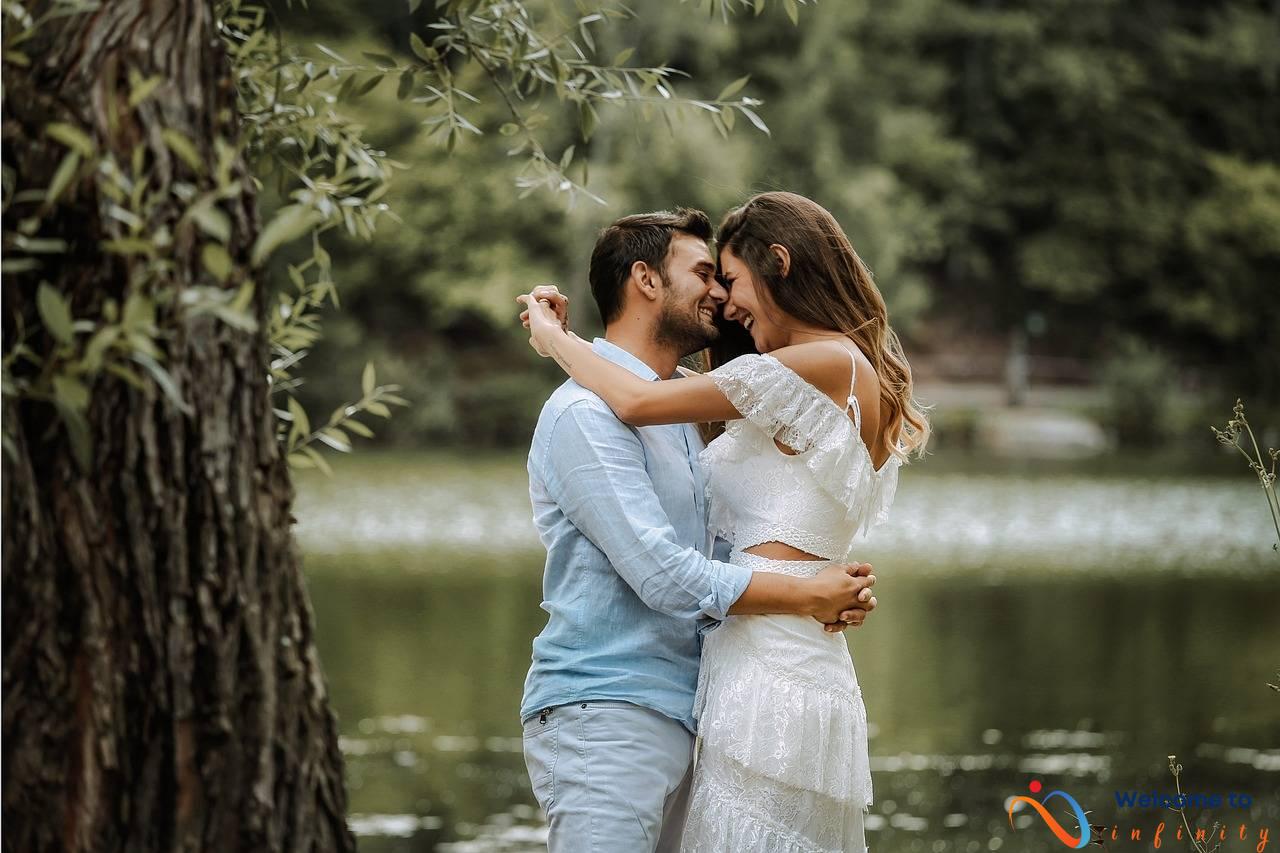Wedding traditions vary widely across the globe, with each country and culture contributing its unique customs. Uniting two people in love transcends borders and unites people worldwide. From the symbolic lasso of Mexico to the musical extravaganza of Brazil, it's time to explore the fascinating world of wedding traditions.
In Mexico, a traditional wedding ceremony includes the use of a lazos – a symbolic lasso made from twisted strands of rosary beads, satin or flowers. During the ceremony, the lazos are draped in a figure-eight shape around the necks of the bride and groom, symbolizing their union and eternal bond.
India's wedding traditions are packed with meaningful rituals, with henna tattoos taking center stage during the lead-up to the wedding ceremony. Mehendi, or henna art, is applied to the bride's hands and feet, each unique design symbolizing luck and growth in the marriage.
Meanwhile, Japan's san-san-kudo ceremony emphasizes the importance of harmony and balance in a marriage. The bride and groom take three sips of sake from each of three different cups, representing their union and the bond they'll share for a lifetime.
In China, the wedding is all about the color red – from the bride's cheongsam to the decorations. In Chinese folklore, red is believed to ward off evil spirits, bringing good fortune and happiness to the couple.
Scotland takes a different approach with the Oathing Stone, a symbolic act often included in traditional Scottish wedding ceremonies. After repeating their vows and exchanging rings, the bride and groom place their hands on a stone, pledging their commitment to each other and their love.
For the Swedes, the wedding cake celebration, or bröllopstårta, is a significant element of the wedding festivities. The couple shares a slice of cake and passes it on to their guests, symbolizing their appreciation for the support and love their family and friends have provided them with.
Italy, similarly, has its own unique tradition in the form of bomboniere. These small gifts are given to wedding guests as a token of thanks, typically consisting of sugared almonds and candies presented in a beautiful pouch or box.
Elsewhere, Greek Orthodox weddings incorporate the stefana, or wedding crowns. These delicate and embellished garlands are exchanged between the bride and groom, symbolizing their union and newfound royalty as a married couple.
In Brazil, music and dancing are at the forefront of wedding receptions. With live music, samba, and capoeira dancing, it's a true celebration of life, love, and culture.
Finally, the french croquembouche – a tower of cream-filled pastry puffs – serves as a cake for the wedding, dating back to the 18th century. The creation of the dessert marks the end of the chef's apprenticeship, making it a symbol of accomplishment and celebration.
Mexico
When it comes to Mexican weddings, one tradition that has been passed down for generations is the use of the lazos, a long decorative rope or lasso that symbolizes the union of the bride and groom. During the ceremony, the lazos are wrapped in a figure-eight shape around the couple's shoulders, binding their love and commitment to each other.
The lazos can be made of various materials, such as silk, satin, ribbon, or flowers. It can be adorned with beads, crystals, and other decorative elements. The lazos are often made by family members or close friends of the couple, adding a personal touch to the wedding ceremony.
In addition to symbolizing the wedding couple's union, the lazos also represent the bond between family and friends who have come together to celebrate the special occasion. It is customary for the lazos to be handed down from one generation to another, signifying the continuation of life and love from the past to the future.
Aside from the lazos, another traditional element in Mexican weddings is the arras, a set of thirteen coins that are presented to the bride by the groom as a symbol of his commitment to support and provide for his future wife. The arras are often presented in a decorative box or tray and are blessed by a priest before the ceremony.
Incorporating these meaningful traditions into a wedding ceremony adds a significant cultural touch and depth to the celebration. Mexico's unique blend of history, religion, and customs offer couples an enriching experience on their special day.
India
Indian weddings are an elaborate affair that lasts for several days, and henna tattoos form an essential part of the ceremony. Women in India get intricate designs of mehndi or henna tattoos on their hands and feet before the wedding day. The henna paste is made with dried leaves of the henna plant and mixed with lemon juice, sugar, and essential oils. It is then applied to the skin in various designs, ranging from floral patterns to intricate geometric shapes.
Henna tattoos hold significant cultural and traditional importance in India, and their application during weddings is believed to bring good luck and fortune to the bride. The henna also symbolizes the bond between the bride and groom and is often used to depict their initials or names. The application of henna is usually done by a mehndi artist who specializes in intricate designs and patterns.
Apart from the bride, other female members of the family also get henna tattoos on their hands and feet. The mehndi ceremony is a significant event where the women come together to apply henna, sing wedding songs, and celebrate the upcoming union.
While the henna tattoos are traditionally applied to the bride and her family, modern Indian weddings have evolved to include henna tattoos for the groom as well. The groom usually gets a small design on his hand, symbolizing the bride's initials or symbol.
In conclusion, henna tattoos have long been a vital part of Indian wedding ceremonies, with their intricate designs and cultural significance. The beauty of the mehndi ceremony lies not only in the stunning designs but also in the sense of community and celebration surrounding the event.
Japan
When it comes to traditional Japanese weddings, the san-san-kudo ceremony is a significant ritual. The name san-san-kudo literally means “three, three, nine times”, and it refers to the three cups of sake that are exchanged between the bride and groom, as well as the three sets of three symbolic bows that they make to each other.
In this ceremony, the couple drinks sake from three different cups, each representing heaven, earth, and human. They then exchange vows and make nine bows, three sets of three bows, to each other. The first set of bows represents the creation of a union between the couple, the second set represents the union between their families, and the third set represents the unity of their souls.
The number three is considered to be an important number in Japanese culture, as it is believed to bring good fortune. Additionally, the use of sake in the ceremony has a deeper meaning. Sake is considered to be a sacred drink in Japan, and it is believed that by sharing it, the couple is creating a spiritual bond.
Overall, the san-san-kudo ceremony is a beautiful and meaningful ritual that reflects the importance of harmony and unity in Japanese culture. It is a symbol of the couple's commitment to each other, their families, and their shared destiny.
China
In Chinese culture, the color red has always been considered a symbol of good fortune and prosperity. It is no surprise that this color plays a significant role in Chinese weddings. From the dress to the decorations, the hue is used extensively to invoke positive energy and ward off evil spirits.
The traditional bridal gown in China is almost always red, symbolizing happiness and good luck. However, in modern times, brides often opt for white Western-style dresses or choose to wear a red gown for the reception. The groom also wears a red or dark-colored suit symbolizing respect and honor.
The Chinese use red decorations to create a festive atmosphere at weddings. Red lanterns, streamers, and flowers are commonly used to decorate the wedding venue. The color red is also prominent in the wedding invitation and in the small gifts given to guests as a token of appreciation.
The Chinese also follow specific practices during the wedding ceremony that symbolize unity and prosperity. For instance, the couple may exchange red envelopes, called hongbao, filled with money. This tradition is believed to bring good luck and wealth. The bride may also wear a red veil as she walks down the aisle with her father, symbolizing her transition into a woman.
In addition to the color red, the Chinese also use gold and other bright colors in their wedding decorations and attire. Gold is another symbol of wealth and prosperity, often used in the bride's jewelry and accessories. The wedding cake is usually a shade of gold, topped with the Chinese character for double happiness.
In conclusion, the color red plays a significant role in a traditional Chinese wedding, symbolizing happiness, luck, and prosperity. From the bridal gown to the decorations and small gifts, this vibrant color brings a festive and auspicious vibe to the ceremony.
Scotland
Oathing Stone and its place in traditional Scottish wedding ceremonies.
Scotland is a country with a rich history, culture, and traditions, and one of the most significant traditions in Scottish weddings is the Oathing Stone. This tradition dates back to ancient times and involves the couple holding an actual stone while saying their vows and pledging their commitment to each other.
The Oathing Stone represents the foundation of the couple's marriage, and the act of holding it while saying their vows symbolizes their vows being as solid and unbreakable as the stone itself. The stone is passed down through generations, making it a precious family heirloom in many Scottish households.
In traditional Scottish weddings, the Oathing Stone ceremony typically takes place towards the end of the ceremony, just before the couple is officially pronounced as married. The stone is presented by the best man, who traditionally takes the role of the “keeper of the stone.”
The couple then holds the stone together while reciting their vows. If the couple maintains their commitment to each other, the stone is said to bring good luck and blessings to their marriage. Some couples choose to incorporate the Oathing Stone into their rings or other wedding jewelry as a reminder of their commitment to each other.
The Oathing Stone is just one of the many unique and meaningful wedding traditions that Scotland has to offer. From the bagpipes to the tartan kilts, Scottish weddings are full of rich culture and symbolism. The Oathing Stone ceremony is a beautiful and poignant representation of the Scottish belief in the unbreakable bond of marriage.
Oathing Stone
The Scottish culture is known for its rich heritage and traditions, especially when it comes to weddings. One of the most unique Scottish wedding traditions is the Oathing Stone ceremony.
This ancient tradition involves the exchange of vows between the bride and groom while holding onto a stone or rock, also known as the Oathing Stone. The couple places their hands on the stone and makes a pledge to uphold their marriage vows and remain faithful to each other throughout their lives.
The Oathing Stone is considered to be a symbol of the couple's shared commitment and a physical representation of the strength and longevity of their relationship. This tradition dates back to the ancient Celts, who believed that stones held mystical powers and could provide protection and good fortune.
The Oathing Stone is often passed down through generations, becoming a treasured family heirloom. The stone can be any shape or size, but it is usually smooth and polished, with no sharp edges. Some couples even choose to have their initials or wedding date engraved on the stone as a permanent reminder of their special day.
The Oathing Stone ceremony is typically held at the beginning of the wedding ceremony or during the reception, with the stone placed on a decorative table or pedestal. The couple exchanges their vows while holding onto the stone, and then places it back on the pedestal as a symbol of their shared commitment to each other.
Overall, the Oathing Stone is a unique Scottish wedding tradition that symbolizes the strength, longevity, and commitment of a couple's relationship. It serves as a powerful reminder of the couple's shared values and their commitment to each other, making it a cherished tradition that is sure to stand the test of time.
and its place in traditional Scottish wedding ceremonies.
The Scottish Oathing Stone ceremony is a time-honored tradition that has been an integral part of Scottish wedding ceremonies for centuries. During the ceremony, the couple holds an engraved stone or plaque as they recite their wedding vows, symbolizing their commitment to each other. The oath is followed by the exchange of wedding rings, and the stone is passed down to future generations as an heirloom.
The Oathing Stone ceremony is believed to have originated from the ancient Celtic tradition of using stones for various ceremonies. It was also used as a way for couples to express their love and dedication to each other. The Scottish Oathing Stone therefore holds great significance, and it is often accompanied by the playing of traditional bagpipe music.
In a traditional Scottish wedding, the Oathing Stone is placed between the bride and groom, usually by the best man. The couple then holds the stone together as they make their vows, symbolically becoming one. The stone can be engraved with the couple's initials, the date of their wedding, or a special message.
After the wedding ceremony, the Oathing Stone is passed down to future generations, as a way of preserving the family's heritage and traditions. The stone is kept as an heirloom and is often displayed in the family home. This allows future generations to connect to their Scottish roots and embrace the customs and traditions that have been a part of their family for generations.
In conclusion, the Scottish Oathing Stone ceremony is a unique and meaningful tradition that has stood the test of time. From the playing of traditional bagpipe music to the passing down of the stone as an heirloom, this ceremony is a key part of Scottish culture and heritage. For anyone getting married in Scotland, incorporating the Oathing Stone ceremony is the perfect way to pay homage to Scottish traditions and create a special and unforgettable wedding day.
Sweden
In Sweden, the wedding cake party is a cultural tradition that has been around since the early 1900s. This celebration is held separately from the actual wedding ceremony and reception, usually a few days after the wedding. The cake party is a way for the couple to invite their friends, extended family members, and colleagues to celebrate their union in a more relaxed and intimate setting.
During the cake party, the couple serves a traditional wedding cake that is known as the bröllopstårta, which is typically a multi-layered cake decorated with fresh flowers or fruit. However, the cake is not the only highlight of the party. The tradition also includes dancing, speeches, and games.
One popular game that is played during the cake party is the kissing game. This involves the bride and groom standing on chairs across the room from each other, and each time guests start clinking their utensils or glasses, the couple has to run across the room and kiss each other before running back to their seats. The couple has to do this multiple times throughout the night, and the game gets more intense as the night goes on.
Aside from the games and cake, one unique aspect of the cake party is the outfits worn by the couple and their guests. The bride usually wears her wedding dress again, while the groom and guests are dressed in their finest formalwear. This creates an elegant and festive atmosphere that adds to the celebratory mood of the party.
Overall, the Swedish wedding cake party is a cherished tradition that allows a couple to extend their wedding celebration with loved ones in a more laid-back atmosphere. From the delicious cake to the fun games and meaningful speeches, it's no wonder why this tradition has stood the test of time.
Italy
Italy is known for its rich culture and traditions, and one of the most prominent Italian wedding traditions is giving bomboniere to guests. Bomboniere are small gifts given to wedding guests as a way to say thank you for their attendance and support. These gifts are usually made up of five sugared almonds, which represent health, wealth, happiness, fertility, and longevity.
Bomboniere come in various designs and can be personalized to match the theme and colors of the wedding. They can be as simple as a pretty organza bag tied with a ribbon or as elaborate as a ceramic dish hand-painted with the couple's initials. Some couples also choose to add a small tag with a personalized message or a picture of themselves.
Italians take great care in selecting bomboniere for their wedding guests. The tradition dates back to the 15th century when aristocrats would give sugared almonds to their guests as a sign of wealth and prosperity. Over time, the tradition evolved to include various other gifts, such as small bottles of olive oil or limoncello, symbolic of the country's rich culinary heritage.
The giving of bomboniere is a beautiful way for couples to show their appreciation to their guests for being a part of their special day. In Italy, it is not uncommon for guests to keep their bomboniere as a memento of the wedding, bringing back memories of the happy occasion for years to come.
Greece
In Greece, the Stefana, also known as wedding crowns, are an important aspect of the Greek Orthodox wedding ceremony. The crowns symbolize the union of the bride and groom and their commitment to each other.
During the ceremony, the Stefana are placed on the heads of the bride and groom by the priest. The crowns are connected by a ribbon, which symbolizes the couple's unity. The couple then walks around the altar three times, representing the Holy Trinity and the couple's journey through life together.
The Stefana are traditionally made from flowers, such as white roses or orange blossoms, and adorned with ribbons, pearls, and other decorations. They can also be made from metals such as gold or silver. The crowns may be passed down through generations of families or purchased new for the wedding ceremony.
The exchange of the Stefana is a significant and emotional moment in the Greek Orthodox wedding ceremony, symbolizing the couple's commitment to each other and their future together. It is a beautiful and meaningful tradition that has been passed down through generations of Greek families and continues to be cherished today.
In addition to the Stefana, Greek Orthodox weddings often include other traditions, such as the cutting of a wedding cake and the throwing of rice or rose petals as the couple exits the church. The bride and groom also typically dance a traditional Greek dance, known as the Kalamatianos, at the wedding reception.
Overall, the Stefana are a beautiful and significant tradition in Greek Orthodox weddings that symbolize the union of the bride and groom and their commitment to each other.
Brazil
Brazilian wedding receptions are known for their lively and energetic atmosphere, which is largely due to the country's rich musical traditions. Music plays an essential role in Brazilian culture and is an important part of any celebration.
At a Brazilian wedding reception, you can expect a variety of musical styles, from samba and bossa nova to funk and forró. Live music is preferred, and many couples opt for a band or DJ to entertain their guests throughout the night.
The first dance is a significant moment in the reception, and a traditional Brazilian ballroom dance called the “Samba de Gafieira” is often performed. This dance is known for its sophisticated steps and smooth movements, and it is a popular choice for couples who want to showcase their passion and rhythm.
Another musical tradition in Brazilian weddings is the “Hora da Gravata,” or the tie auction. The groom's tie is auctioned off to the guests, and the money raised is given to the newlyweds as a gift. The auction is often accompanied by live music and dancing.
Lastly, no Brazilian wedding reception is complete without the “Carnaval” party. This is a time for the guests to let loose and dance the night away, often in colorful costumes and masks. The party is fueled by the upbeat sound of samba music and is sure to leave a lasting impression on everyone who attends.
Overall, music is an essential component of Brazilian weddings, and the country's vibrant musical traditions make for a lively and unforgettable celebration.
France
France is known for its art, culture, and cuisine, and weddings are no exception. One of the most beloved French wedding traditions is the croquembouche, a tower of cream-filled pastry puffs that serves as the wedding cake.
The croquembouche originated in France during the 18th century and has been a staple at weddings ever since. The tower consists of individual choux pastry balls filled with vanilla cream and are often coated in caramel or chocolate. It is then constructed in a pyramid shape using melted sugar as glue.
The cutting of the croquembouche is an important part of the reception. Instead of using a knife, the bride and groom use a sword to slice through the tower, symbolizing the overcoming of obstacles in their marriage. The tradition of the croquembouche has spread beyond France and can now be found at weddings in many parts of the world.
- The croquembouche is not only visually stunning, but it's also delicious and unique.
- As a dessert, the croquembouche can be served with champagne or coffee.
- The tower of pastry puffs can be personalized to the couple's liking, with different fillings and coatings.
- The croquembouche can be a great alternative to traditional wedding cakes, and adds a touch of French elegance to any wedding.
The croquembouche is just one of the many unique and delicious wedding traditions that France has to offer. From the food to the music to the décor, French weddings are always a feast for the senses. Whether you are planning a destination wedding or just want to incorporate some French culture into your special day, the croquembouche is sure to impress.


